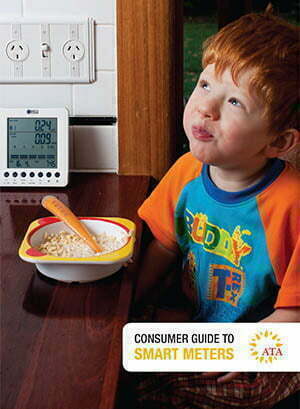Consumer Guide to Smart Meters
This free guide helps households and small businesses understand and take advantage of products and services associated with smart meters. It includes easy-to-understand information on in-home displays and online web portals for monitoring energy usage, as well as explanations of time-of-use (or ‘flexible) electricity pricing, direct load control and smart appliances. Some of the smart meter products and services exist now, and some are expected to become available in the next two to three years.
With escalating energy prices, flexible tariffs and other smart-meter related products are seen by many households and small businesses as a way to reduce costs. However, it is important that people fully understand which product or tariff structure is right for them, as many consumers will be negatively affected by choosing a product that does not suit their electricity requirements and time of use.
The guide was developed by Renew with support from the Lord Mayors Charitable Foundation.
Inside the guide you’ll find:
Speaking electricity speak
Basic electricity terms and concepts explained, including watts, kilowatts, kilowatt-hours and plug-in energy meters.
In-home displays
In-home displays are small devices that enable you to view detailed information about your electricity use and cost in real-time. This section describes the benefits, potential risks and current availability.
Energy web portals
Energy web portals give consumers access to their electricity consumption data via the internet, typically up to the end of the previous day. This section describes the benefits, potential risks and current availability.
Flexible pricing or time-of-use tariffs
‘Flexible’ or ‘time-of-use’ pricing means different prices for electricity at different times of the day and week. This section describes how flexible pricing works, including the potential for ‘critical peak pricing’, along with benefits, potential risks and current availability.
Direct load control
Direct load control is the ability to remotely manage a specific appliance at a household or small business. This may be to shift times of use from peak to off-peak times or by cycling an appliance on and off over a set period. This section describes benefits, potential risks and current availability.
Smart appliances
Smart appliances are electrical appliances that can manage their energy use in a smart way, leading to a lower cost for consumers. This may include managing the appliance operation based on time/day, cost or by a signal. This section describes benefits, potential risks and current availability.
Messages and notifications
This section describes the way that smart meters can be used to display messages to consumers.


